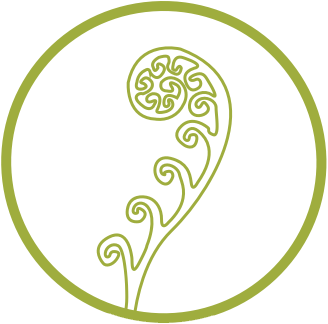
Name of Client: Jacobs Engineering
Industry of Client:
Built Environment
Challenge
Incorporate ecosystem service functions and biomimetic concepts into the master planning process for a modern, high-performance industrial complex near Safi, Morocco.
Process
The B3.8 team first conducted an in-depth assessment and inventory of the 1,300 hectare site south of the Moroccan town of Safi. Next we performed a full-site analysis from a biomimicry perspective. This included identifying the primary ecosystem functions in the region and noting species like the Argan tree and Kestrels that were particularly well adapted to the lack of water, high incidence of UV radiation, strong winds, soil erosion, and other environmental challenges.
In phase 2 of the project, B3.8 developed and presented specific biomimicry design guidelines to inform the Master Planning process. The guidelines prioritized six distinct concepts for generating ecosystem services such as soil formation, habitat creation, water regulation, air quality, and cultural heritage. B3.8 staff worked closely with the master planning team to explain implementation strategies and benefits of focusing on erosion control, stormwater treatment, soil fertility restoration, agricultural R&D, and tourism among other concepts.
Solution
The B3.8 team determined how a new manufacturing plant could become a regenerative force in the ecological and socio-cultural landscape by studying the challenges of living in its arid and degraded ecosystem.
Evolution
The Master Plan produced for Jacobs Engineering’s client, OCP, aligned a cutting-edge vision of sustainable industrial development with world-class business sustainability practices promoted by World Bank, UNEP, and OECD. It also identified synergies between ecosystem services that could lead to innovations for energy efficiency, renewable energy, zero waste, water management, and industrial integration.


